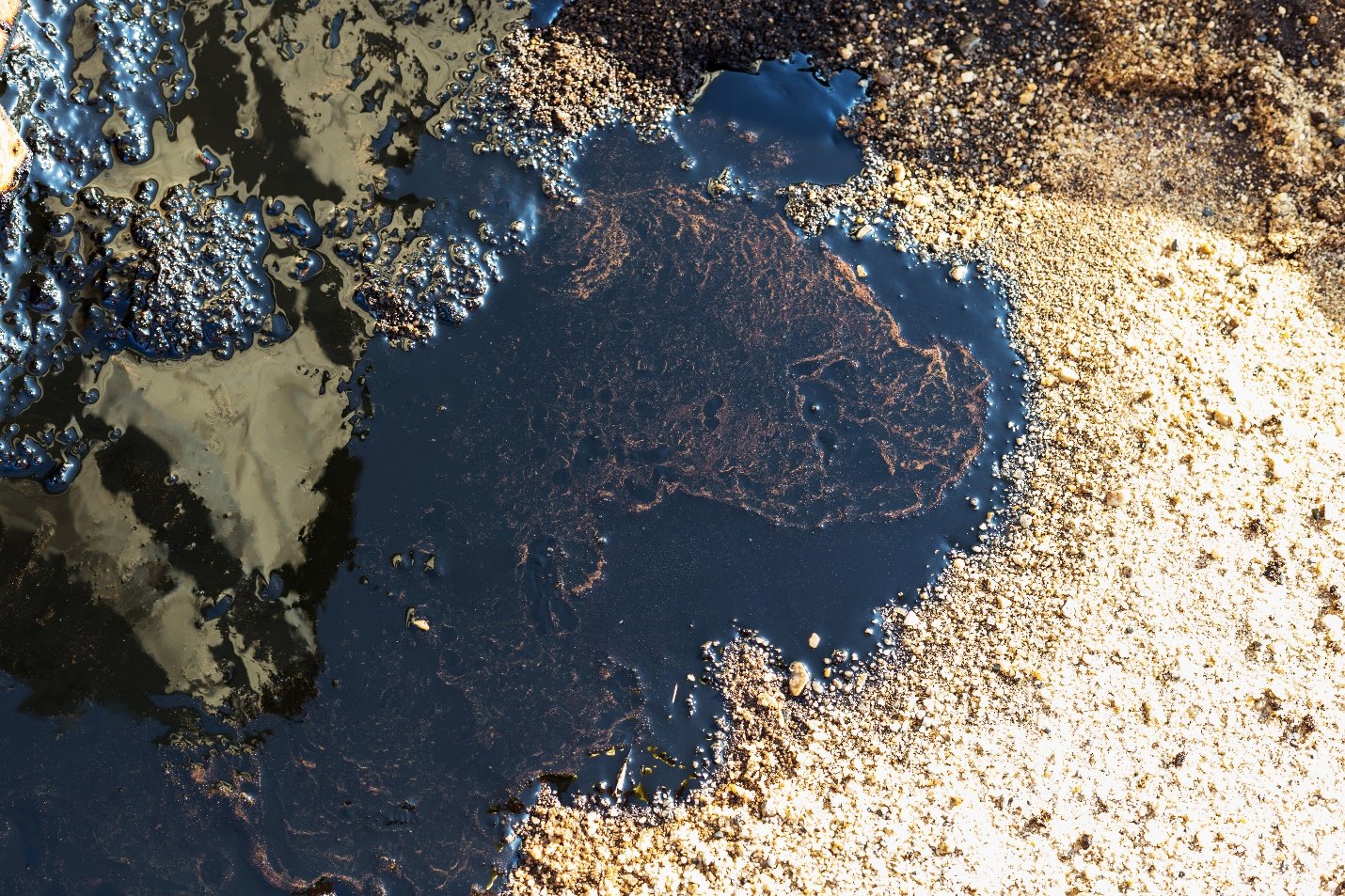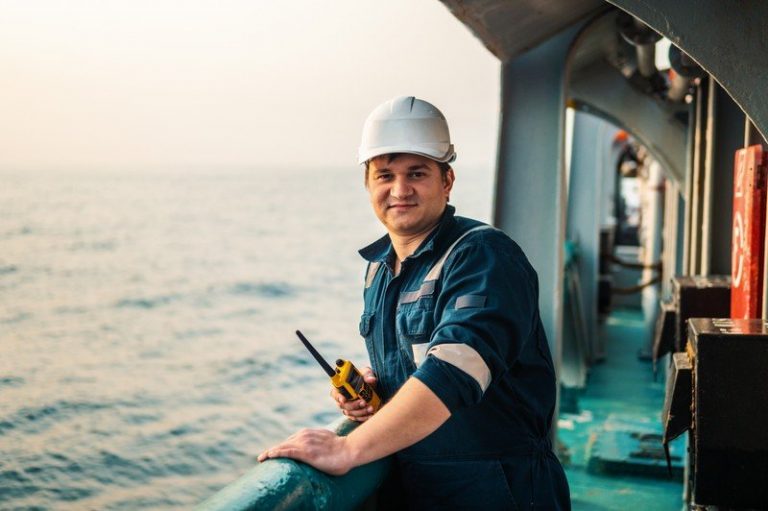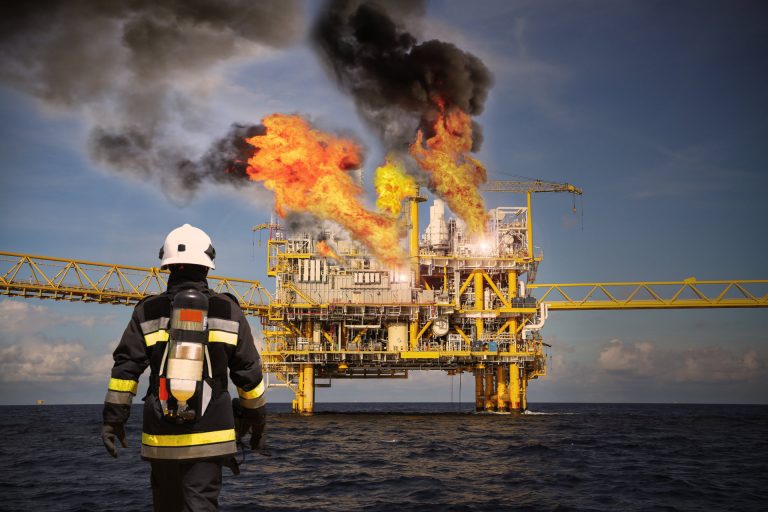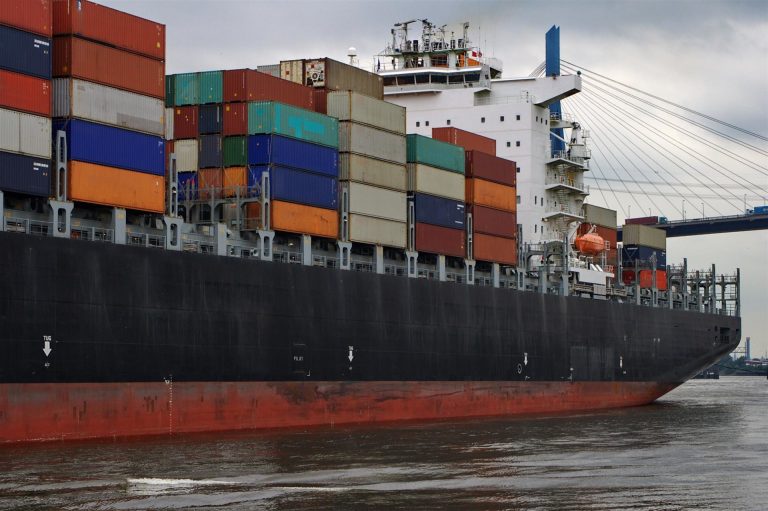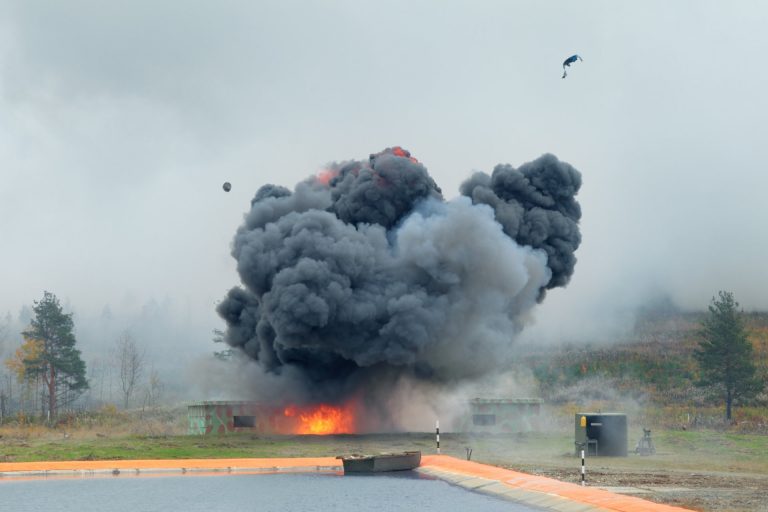Among the offshore accidents in recent history, the Deepwater Horizon explosion, and the subsequent oil spill, is considered to be the largest oil spill in history, as well as one of the most tragic. Eleven people lost their lives and another seventeen were injured out of the 126 maritime crew members onboard the rig.
The day before the explosion, crew members had been pumping cement to the bottom of the borehole to seal and cap the well. On the day of the explosion, the crew was in the process of verifying that the well had been sealed so they could abandon it and move on to the next project.
Prior to the explosion on April 20, 2010, there were several incidents that, when combined, contributed to the accident and led to the explosion:
- BP pushing to speed up capping the well by taking shortcuts. BP was weeks behind schedule and well over budget on the Macondo Well project and wanted to get it completed quickly.
- BP not learning from its mistakes in a prior incident from 2008 in the Caspian Sea. The cement in the capping procedure to create the core was too weak to address the pressure of the oil and natural gas. BP had already experienced this problem in 2008 and failed to take steps to address adjusting the cement mixture to account for the increased pressure.
- The prior safety track record of the Deepwater Horizon. Over a period of seven years prior to the explosion, the Deepwater Horizon did not have a single injury or accident onboard that was considered serious enough to shut down operations. Many crew members were over-confident and felt safe.
- Breaking the record for the deepest well completed. Several months earlier, BP and the crew on the Deepwater Horizon had broken the record for the deepest well ever capped. This recognition also contributed to the crew feeling over-confident in its abilities.
- The cement mixture not being able to handle the pressure. Just like the incident in 2008, the cement was not capable of sealing the well. This was partially due to using liquid nitrogen to speed cure times, which, ultimately, weakened it and allowed the gas and natural gas to escape.
- The pressure test results not being interpreted correctly. The maritime workers performed several pressure tests to verify whether the well was sealed correctly. However, the test results were not properly evaluated, and they were led to believe the well was sealed.
- The fail-safe valves failing to engage. The process to seal the well involved filling the pipe from the rig to the well with cement. Inside the pipe were two valves that were supposed to engage to stop natural gas and oil from coming up the pipe if a leak was detected. Those valves failed to work to allow oil and gas to escape the well.
- The leak not being detected until it was too late. The workers were trained to spot and detect leaks in wells by examining unexpected changes in pressure. An increase in pressure occurred about an hour before the explosion, but the crew did not consider this to be a leak.
- A second valve failing to function as expected. A secondary valve in a blowout preventer failed to operate when it was engaged by the crew shortly before the explosion.
- Improper diversion of the gas and mud mixture that was pouring onto the rig’s floor. The workers could have diverted and vented the gas and mud mixture through pipes that would have safely pumped it over the side of the rig. Instead, they decided to try to separate the mud from the gas using a separator. Ultimately, the separator was overtaxed and flammable natural gas covered the rig.
- The blowout preventer (BOP) not closing due to a faulty battery and switch. In the event the BOP lost contact with the surface, which occurred after the explosion, the BOP had valves that were supposed to shut automatically. This did not happen because the battery in the BOP was dead and the switch to engage the valve closure did not work.
- The gas alarm safety system failing. There was a gas detection safety system onboard the Deepwater Horizon that should have sounded an alarm and shut down ventilation fans and ventilation ducts to prevent the flammable gas from reaching a point of ignition. The system failed to function at all prior to the explosion.
While BP was ultimately found responsible for causing the accident, both Transocean and Halliburton shared the blame in several of the incidents that led to the fatal explosion.
While a tragic explosion was unfolding on the surface onboard the Deepwater Horizon, below the sea at the well cap, oil and natural gas were continuing to come up the riser pipe still attached to the rig.
Effects of the Disaster
The explosion of the Deepwater Horizon was just the beginning of the worst man-made disaster of our time. On April 22nd, two days after the explosion, the oil rig capsized into the Gulf and started sinking. The riser, which had been used to attempt to stop the upward flow of the natural gas and oil, had been filled with drilling mud prior to evacuation.
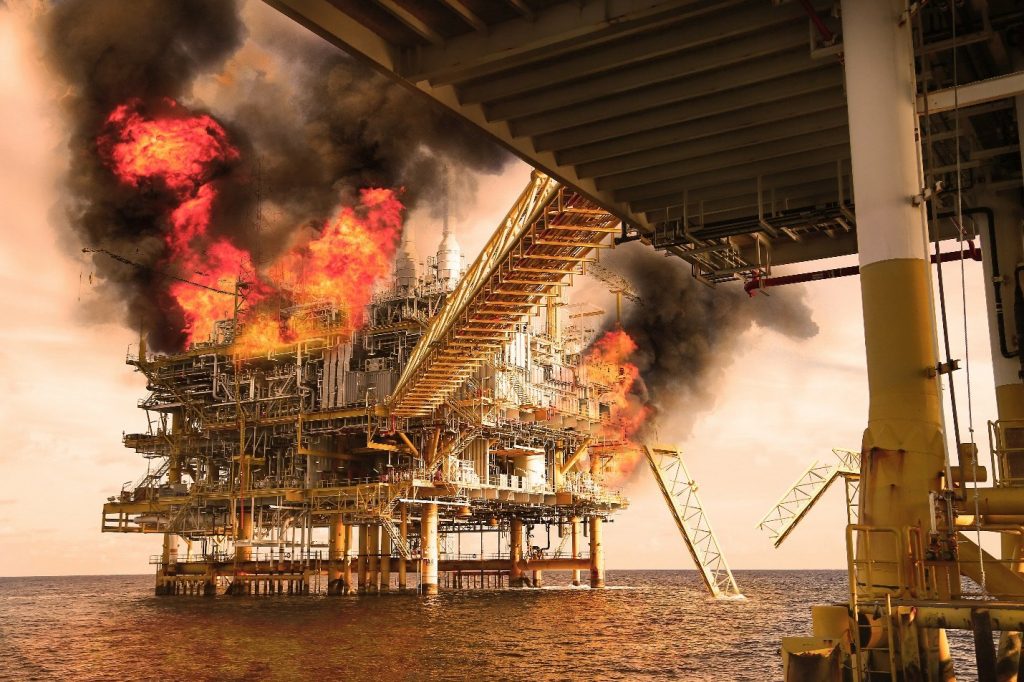
When the rig sank, the riser broke, and all the drilling mud came pouring out. Now there was nothing to stop the flow of oil and natural gas into the Gulf of Mexico. Initially, BP estimated there were only 1,000 barrels of oil leaking out into the Gulf per day. However, responding U.S. government officials eventually estimated it to be more like 60,000 barrels per day at its peak.
BPs efforts to stop the flow of oil and natural gas took several months before the company was successful. An initial attempt in May to contain the leak by pumping drilling mud into the well failed. In an effort to control the flow of oil escaping the well, BP fitted an LMRP (lower marine riser package) over the BOP.
Even though this was somewhat successful, it did not tightly fit over the BOP, so oil and gas were still escaping at a reduced rate. However, BP was able to start siphoning oil at a rate of 15,000 barrels a day into tanker ships. With some modifications and other devices, BP was able to increase its collection to 25,000 barrels a day.
In July, BP had removed the LMRP to replace it with a capping stack device. After removing the LMRP, oil and gas flowed into the Gulf freely for several days until the new device was installed on July 12th. It was almost another month before BP attempted to seal the well. The company pumped drilling mud into the BOP on August 3rd.
The procedure was successful enough to allow BP to remove the capping stack device and defective BOP about a month later and replace those with a new BOP. While BP was working on sealing the original well cap, two secondary relief wells were being dug to create a bypass from the initial cap and allow for a “bottom kill” of the well.
The first relief well was completed and, on September 17th, it was used to finally seal the well correctly. BP monitored the efforts for a few days afterward using various pressure tests to determine that the well had been sealed and the leak stopped.
During this entire time, it was estimated that approximately 4.9 million barrels of oil had leaked out of the well and into the Gulf. BP was only able to collect and siphon approximately 800,000 barrels of oil, leaving 4.1 million barrels to affect the environment and eco-system in the Gulf.
Clean-Up Efforts
In the wake of this disaster, it took federal and state agencies years to fully clean up the oil and gas that leaked into the Gulf of Mexico. Almost two million gallons of oil dispersants were used to try to help clean up the mess. By June of 2010, oil tar balls were making landfall along the 1,100 miles of affected beaches in Florida, Mississippi, and Alabama, as well as the estuaries and marshes of Louisiana.
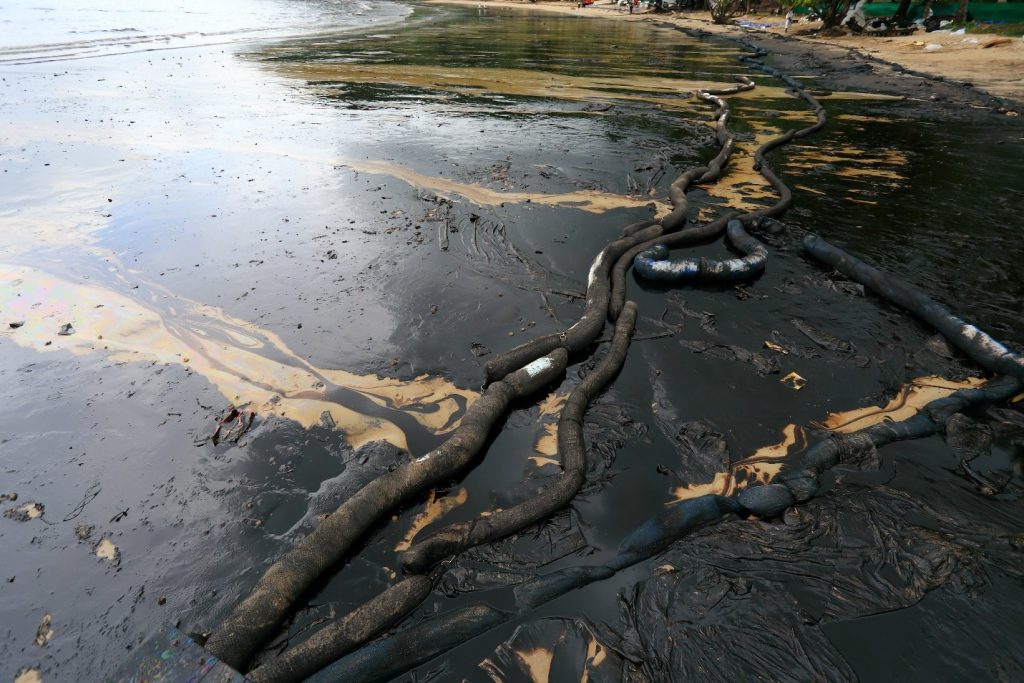
Clean-up continued in Florida, Mississippi, and Alabama through June 2013, and it took until April 2014 to clean up the Louisiana coast. Even with clean-up, the disaster contributed to environmental impacts on the wildlife and ecosystems in the region—and, in some cases, unknown long-term impacts are yet to be determined.
Economic Impacts
The beaches and other coastal areas that rely on tourism were unable to attract visitors until the beaches were cleaned up and the Gulf waters deemed safe. The Gulf fishing industry suffered, as all fishing was suspended until the effects on wildlife in the region could be examined and tested.
In addition, offshore drilling operations were suspended pending the outcome of what caused the Deepwater Horizon, leaving around 12,000 maritime workers unemployed. President Obama did demand that BP create a relief fund to provide compensation for affected industries and maritime workers, but the fund was depleted by 2013.
Legal Impacts
BP, Transocean, and Halliburton all faced different types of criminal and civil charges as a result of the Deepwater Horizon explosion and pollution of the Gulf. During the federal investigation, Anadarko was also determined to be partially at fault, which led to further lawsuits.
Many of the claims from individuals were combined into class action lawsuits. BP agreed to pay out over $7.8 billion in March 2012, along with providing payment for medical claims related to potential long-term health consequences of the disaster for another 21 years.
Transocean ended up paying out around $2 billion in damages, fines, and other compensation. Halliburton made payments to the tune of $1.3 billion. Anadarko ended up paying out close to $1.6 million in civil payments.
As you can see, when a major oil rig disaster occurs, its effects are long-reaching, and they impact countless people. If you or a loved one has been injured or were killed while working on an oil rig or another vessel, you are entitled to compensation for your injuries under various maritime laws and acts.
To find out your rights, please feel free to contact the maritime accident lawyers at Maintenance and Cure, part of Schechter, Shaffer & Harris, L.L.P., at 1-800-836-5830 today!

